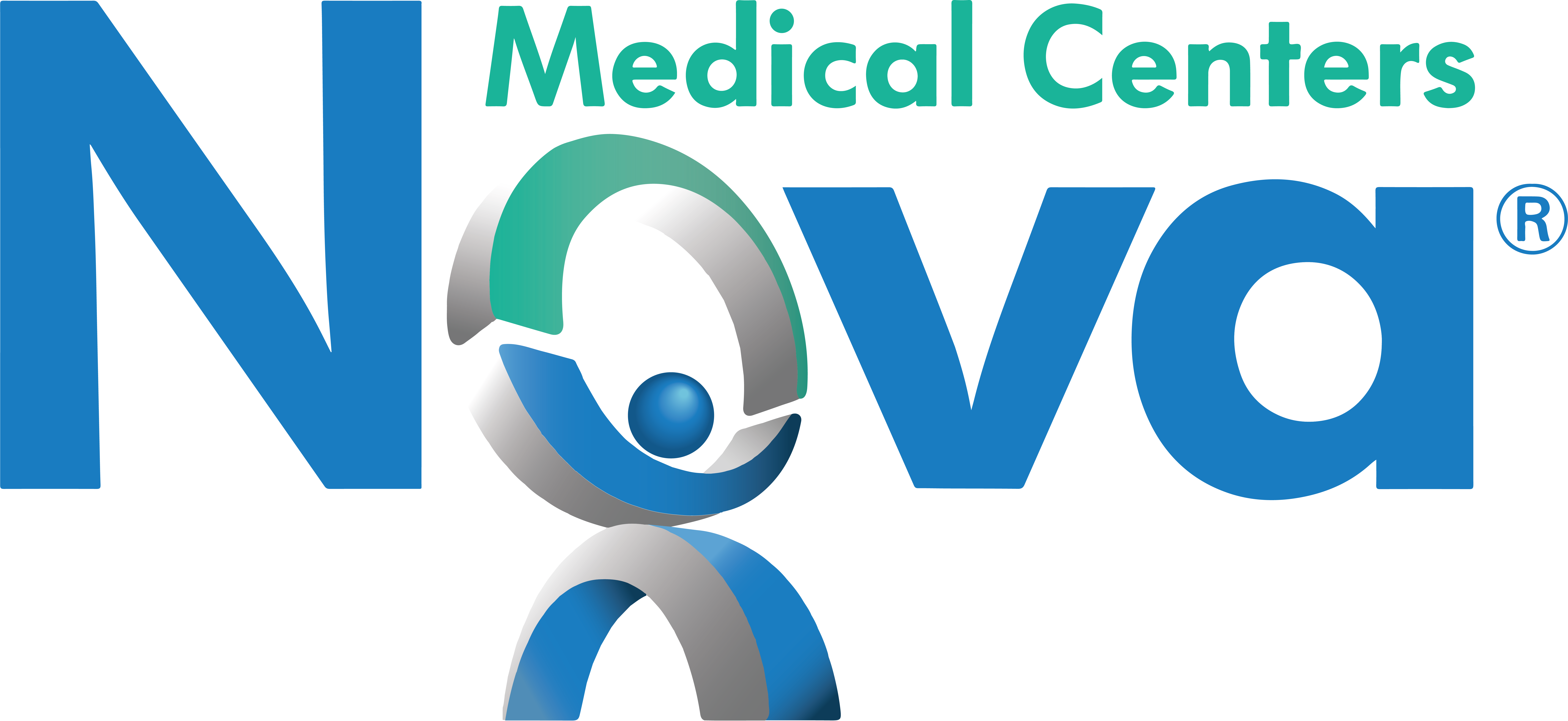
Safety tips to avoid work-related injuries in the office
The office presents various hazards that differ from other lines of work. According to data from the Bureau of Labor Statistics over 80,000 office and administrative workers suffer on-the-job injuries each year and a majority could have been prevented if the proper steps and modifications were taken. The leading types of disabling accidents that occur within the office are the result of falls, strains, over-exertion, falling objects, striking against objects, and being caught in or between objects. Here are the top 5 office hazards and how to prevent them.
Slips, Trips, and Falls
The disabling injury rate of falls among office workers is 2 to 2.5 times higher than the rate for non-office employees. The good news is that falls are preventable:
- Look before you walk — make sure the walkway is clear.
- If you’re done with a drawer, close it immediately.
- Don’t stretch to reach something while seated. Get up instead.
- Report any loose carpeting, electrical cords, etc. to someone who can have them fixed.
- Help keep the office fall-proof. This means cleaning up spills from the floor (even if you didn’t spill it), picking up objects that are out of place, etc.
- Use a stepladder, not a chair, if you need to reach something overhead.
Lifting Objects
Lifting items, even if they do not seem heavy, can cause strain on the body creating back issues. Take these precautions when lifting:
- Take a balanced stance; feet placed shoulder-width apart. When lifting something from the floor, squat close to the load.
- Grip the object with your whole hand, rather than only with your fingers.
- Lift by straightening your legs. Let your leg muscles, not your back muscles, do the work. Tighten your stomach muscles to help support your back.
- Never twist when lifting. When you must turn with a load, turn your whole body, and feet first.
- To set something down, use the same body mechanics designed for lifting.
Ergonomics
Ergonomic hazards can be hard to detect, but knowing what can cause those injuries and taking measures to avoid bad habits will help you avoid such injuries.
- One size does not fit all and has adjustable chairs, workplaces, monitor stands, etc. to accommodate a wide range of employees.
- Ensure employees are trained in how to properly adjust furniture and equipment to meet their needs properly.
- Use a document holder so your papers can be kept at the same level as your computer monitor.
Electrical Threats
Almost every process in any office today relies on equipment that runs on power and is potentially hazardous if improperly used or not maintained regularly. Fortunately, most electrical hazards can be easily controlled with a little caution and periodic checks.
- Even when using a surge protector, make sure the electrical load is not too much for the circuit.
- Avoid overloading outlets with too many appliances. Never plug in more than one high-wattage appliance at a time.
- Unplug appliances when not in use to save energy and minimize the risk of shock and fire.
- Inspect electrical cords once a month to ensure they are not frayed, cracked, or otherwise damaged.
- Do not run electrical cords through high-traffic areas, under carpets, or across doorways.
Office hazards can be easy to overlook, but by assuring you are always using healthy habits they can be avoided. Checking yourself on posture and taking a break when necessary will help you avoid any ergonomic issues. Getting your co-workers to help you check the office for any potential hazards and having routine checkups will keep your office safe for everyone.



